All ages are susceptible to developing acne, which is a rather frequent skin problem. For efficient therapy, it is essential to have a clear grasp of the type of acne that you have, regardless of whether you are dealing with acne that is more persistent or acne that only occurs sometimes. Each type of acne has its unique etiology and necessitates the usage of a different set of skincare products. To assist you in achieving clear and healthy skin, let’s discuss the many types of acne as well as the most effective treatments for each.
1. Blackheads (Open Comedones)
The accumulation of oil and dead skin cells in the hair follicles can lead to the formation of blackheads. Because the top of the pore is left exposed, the sebum (oil) undergoes oxidation, which results in the oil having a dark or black color.
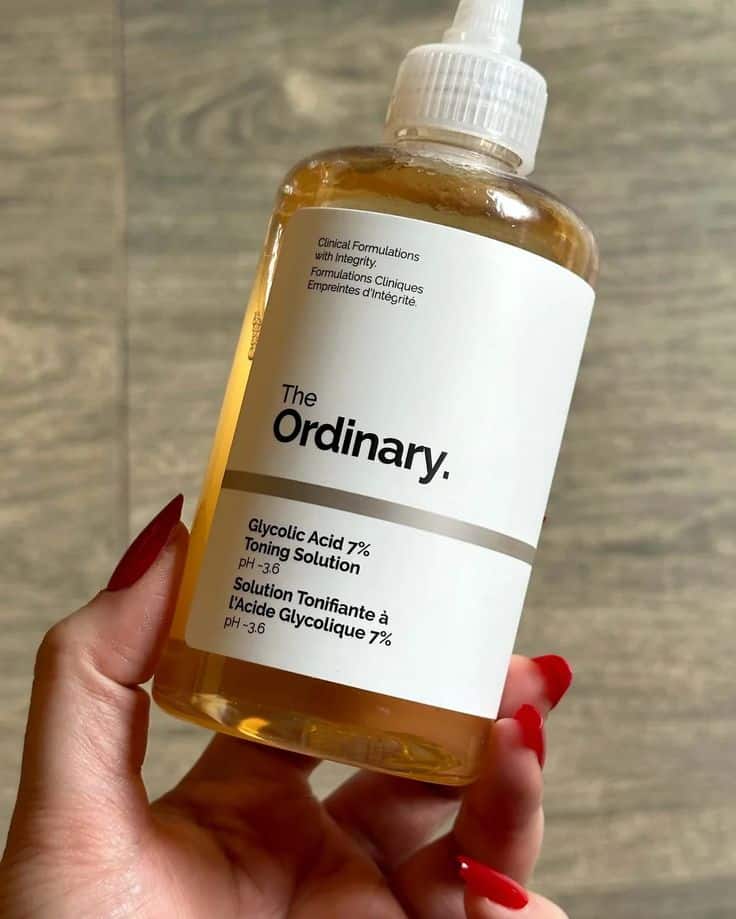
Treatment:
One of the most effective treatments for blackheads is glycolic acid, which is classified as an alpha hydroxy acid (AHA). It does this by exfoliating the surface of the skin, which means that it removes dead skin cells and clears out pores. Regular application of glycolic acid can help to prevent the formation of blackheads and can also assist in the fading of existing blackheads, resulting in skin that is smoother and cleaner.
2. Whiteheads (Closed Comedones)
When oil, germs, and dead skin cells accumulate inside the pores of the skin, this results in the formation of whiteheads. Whiteheads, in contrast to blackheads, are closed at the surface, which results in the formation of little bumps on the skin that are either white or flesh-colored.

Treatment:
Salicylic acid is a type of beta hydroxy acid (BHA) that can disperse oil and remove debris from the pores thanks to its ability to penetrate deeply. When it comes to treating whiteheads, is very helpful because it helps to unclog pores and reduces the likelihood of getting breakouts in the future. It is possible to effectively reduce the appearance of whiteheads by incorporating a salicylic acid cleanser or spot treatment into your monthly skincare routine.
3. Papules
Inflammatory pimples that are red or pink, known as papules, are caused by the breakdown of the walls that surround the pores as a result of severe blockage. You may notice that they are sensitive to the touch, which is typically an indication of moderate to severe acne.
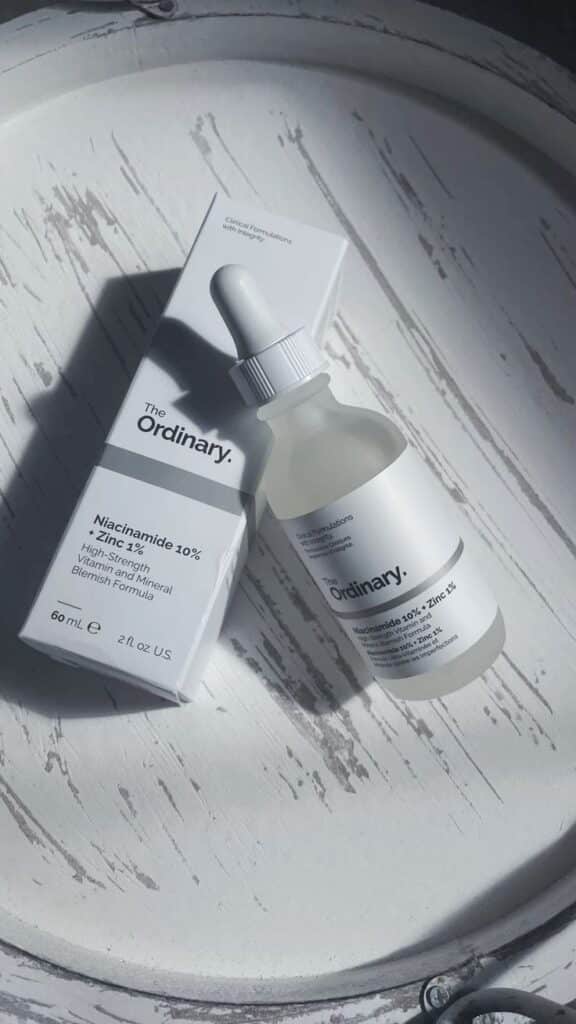
Treatment:
One of the forms of vitamin B3, niacinamide, is well-known for the anti-inflammatory effects that it possesses. It may help minimize the discomfort and redness that are connected with papules. Niacinamide is an excellent choice for treating acne that is inflamed since it helps to regulate oil production and strengthens the skin barrier. This makes it a great choice for treating acne without further irritating the skin.
4. Pustules
Papules and pustules are similar, but pustules have pus at the top of their skin. In most cases, they are red with a white or yellow core, and they are brought on by a bacterial infection that occurs within the pores. Inflammation of blackheads and whiteheads that have not been treated might lead to the development of these acne scars.
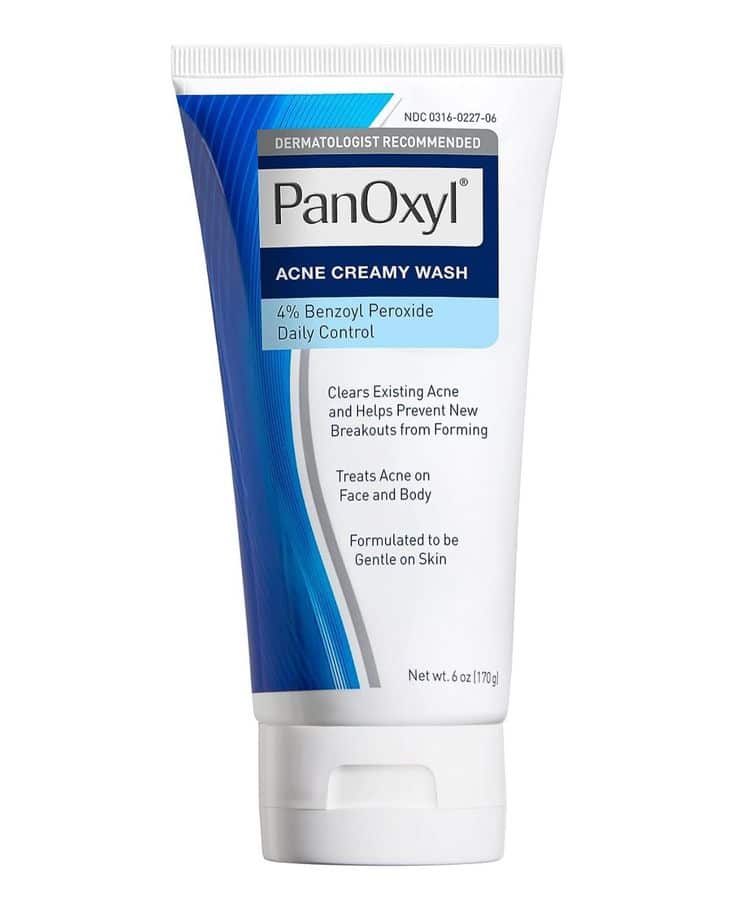
Treatment:
One of the most effective antibacterial agents, benzoyl peroxide eliminates the bacteria that are responsible for acne. Not only does it aid in relieving inflammation, but it also helps to dry out excess oil. The application of benzoyl peroxide to pustules has the potential to hasten the healing process and prevent the formation of new acne. On the other hand, it is essential to use it in moderation because it has the potential to dry up the skin.
5. Nodules
There are nodules, which are huge lumps that are painful and form deep within the skin. Nodules, in contrast to surface acne, are more difficult to treat since they form beneath the surface of the skin due to the presence of blocked bacteria and oil. They are an indication of acne that is more severe and, if not treated at the appropriate time, can result in scarring.
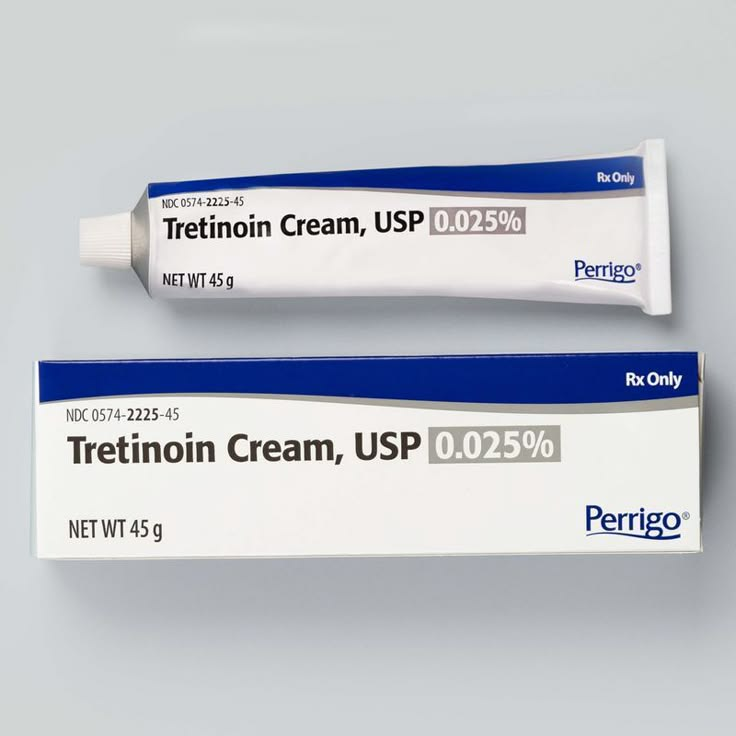
Treatment:
In the treatment of severe acne, such as nodules, retinoids, which are derivatives of vitamin A, have proven to be extremely beneficial. As a result of their ability to clear pores and encourage cell turnover, they assist in preventing subsequent outbreaks. Managing nodular acne and reducing inflammation over time can be accomplished with the use of retinoids, whether they are available over the counter or with a prescription.
6. Cysts
Acne that is characterized by huge, painful cysts that are located beneath the skin is known as cystic acne. This type of acne is the most severe form of acne. Untreated, these cysts, which are packed with pus, have the potential to leave permanent scars if they are not treated properly. Cysts are formed as a result of several factors, including variations in hormone levels, an excessive amount of oil production, and bacteria.
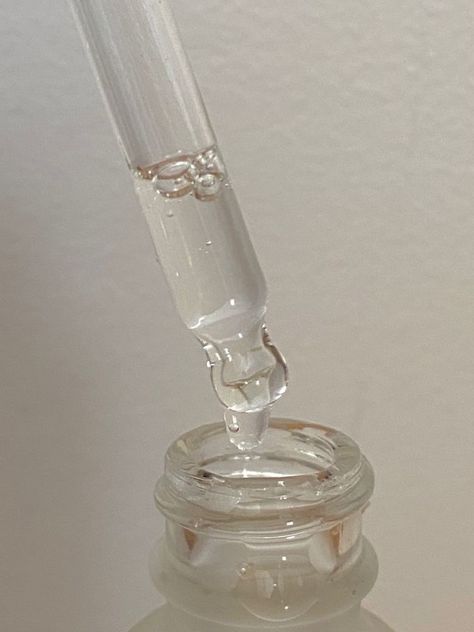
Treatment:
Even though hyaluronic acid is primarily recognized for its ability to hydrate the skin, it is also an essential component in the treatment of cystic acne. Dryness and irritation of the skin are potential side effects of acne treatments that are very harsh, such as benzoyl peroxide or retinoids. The use of hyaluronic acid helps to keep the skin’s moisture balance in check and calms irritated skin, hence lowering the likelihood of future irritation and accelerating the healing process.
What Causes Acne?
Many causes contribute to acne, some of which are an overabundance of oil production, clogged hair follicles, infectious bacteria, and inflammation. Sebaceous glands can create an excessive amount of oil, which then combines with dead skin cells to form a blockage in the pores.
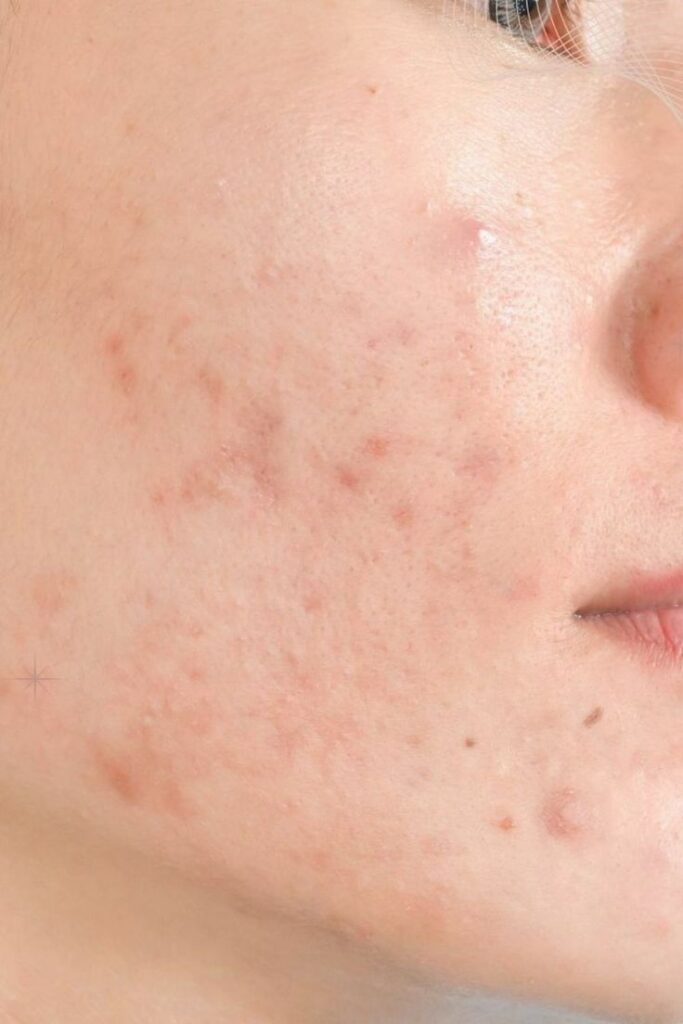
This trapped combination provides an environment in which bacteria, more notably Propionibacterium acnes, can flourish, which ultimately results in irritation and the development of acne, blackheads, or whiteheads. Changes in hormone levels, stress, nutrition, and the use of particular skincare products can all contribute to the worsening of acne by stimulating the generation of additional oil or by irritating the skin.
Choosing the Right Acne Treatment for You
To effectively treat acne, a treatment plan that is individualized to each kind of acne is required. Certain types of acne, such as blackheads and whiteheads, can be treated with items that are available without a prescription.
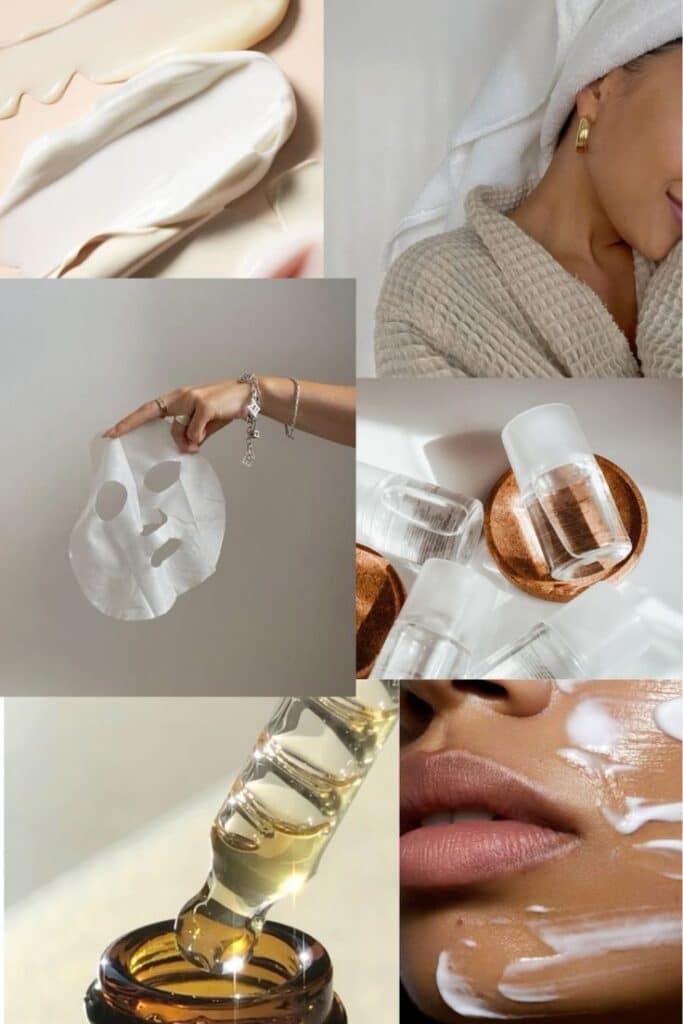
However, more severe forms of acne, such as nodules and cysts, may require medicines that are prescribed by a doctor. In addition, it is vital to adhere to a consistent skincare routine that includes washing, exfoliating, and moisturizing to keep the skin in good health and prevent recurrent outbreaks.


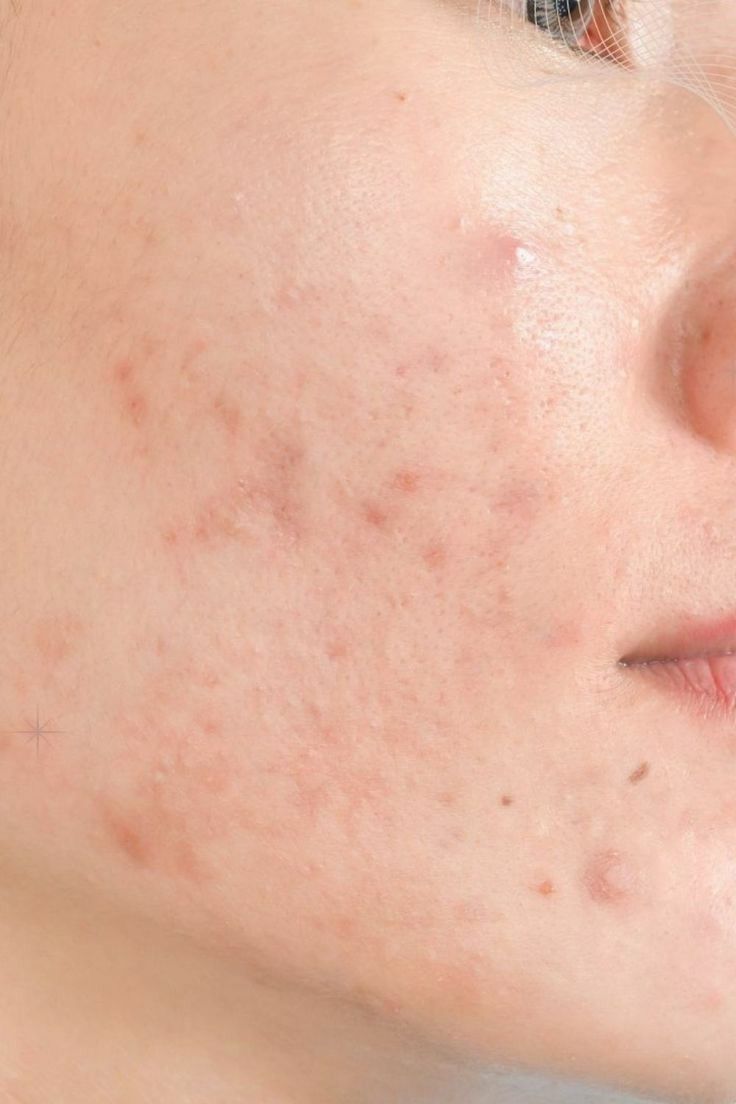
0 Comments